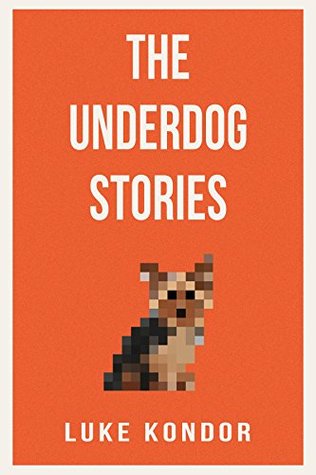So
much has been said about magic realism that it’s difficult to add
anything new to the conversation. However, I wondered if putting on my
poet’s hat and parsing the two words might crack open another
perspective.
The term magic implies some slight of hand, an ability to make things
appear and disappear at will. In a magic show, magicians exercise their
ability to draw viewers’ attention away from what the magicians are
doing so they can convince those watching that a rabbit really does
appear at random out of an empty hat, or that any number of equally
fantastic events can occur. In this case, the magic isn’t really magical
in the sense of a supernatural intervention because there’s a trick at
its foundation based on perception and how skillful the magician is at
keeping the audience distracted enough not to notice the hoax involved.
Something similar happens with writers. They capture our attention
through assembling strings of words that become a compelling narrative
we follow. Just as a viewer at a magic show sets aside his/her momentary
doubts about what’s happening before his/her eyes, so too do readers
enter the narrative dream. That enables the writer to convince readers
that the setting, characters, and events taking place are actually
happening in real time when, in truth, they aren’t. They only come to
life in the readers’ imagination as readers let go of their immediate
world to undertake this journey into the unknown. Put this way, reading
can seem like a potentially dangerous endeavor, and it can be if a
writer’s ideas and images shatter some preconceived notion about the
world and about us.
Magic also has the ability to temporarily take people out of the
constraints of everyday life and make them feel they can transcend it.
Instead of being locked inside the usual routines that structure our
days, we find release when something magical happens, such as when we
watch a play in a theatre and suddenly our world is transformed. We’re
no longer our daily selves, but we begin to identify with what’s
occurring on the stage and participate in all of the characters
involved, good guys
and bad guys. We’re under the actors’ and
director’s spell, convinced that the action unfolding in front of us is
real, though it’s only make believe.
From these examples I’ve given, it’s easy to see that any writing,
whether it’s a novel or a play, has a magical component to it. Words
themselves are transformative in that they can so easily metamorphose
into other words: world contains word and old. Add or subtract a letter
here or there and we’ve landed in a different meaning. Words in
themselves are slippery and magical, calling forth images just by naming
things: red chair, oak table, 2006 Honda Accord, green plaid coat,
eucalyptus tree. Read the text and suddenly something appears in our
mind’s eye. Amazing!
And then there’s the way the wind can blow open a door, filling the
house with a gust of cold air, or the sun can illuminate a field and
immediately transform our experience of that place. Or the timer on our
living room lamp switches on silently and the room is now swathed in
light, creating a totally different atmosphere. That’s one reason we
talk about something magical happening, or of a place as being magical.
In fact, the world
is magical not only in its inherent changeability but also because of our interaction with it.
That’s where “realism” enters the discussion. Reality is both magical
and “real,” if by real we mean something that isn’t imagined. I’m not a
philosopher, but this computer I’m typing on has a life distinct from
mine. My husband, who is sitting reading in a chair across from me, can
see it and agree on its reality. But it also exists in a world where
objects can become symbols for something else, so while my computer
retains its identify as a writer’s tool, it also can represent a window
into another universe. It can become a metaphor for many things, just as
most objects can.
This, then, seems to be the foundation for what we call magic
realism. Language by its very nature is magical, transforming our
everyday reality in multiple ways, carrying us aloft on the wings of
thought.
You can visit Lily's blog at
https://lilyionamackenzie.wordpress.com


